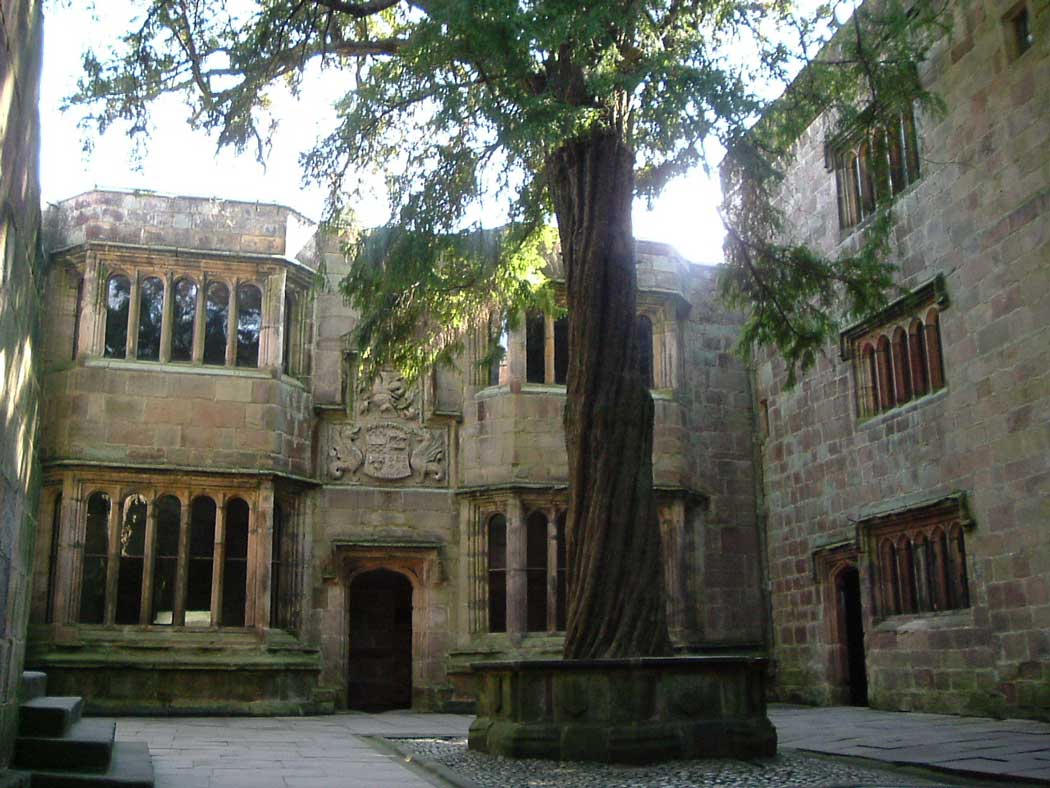Skipton Castle is one of the best-preserved medieval castles in England. Built in 1090 by Robert de Romille, a Norman baron, the castle has stood the test of time, witnessing centuries of conflict, including the English Civil War. Today, the Grade I listed castle offers visitors a glimpse into England’s turbulent history and provides an opportunity to explore its well-maintained structures and picturesque grounds.
The castle’s history is deeply intertwined with the Clifford family, who owned it for over 400 years. It served as a strategic stronghold during various conflicts, most notably during the English Civil War when it was besieged by Parliamentary forces. Despite the siege, the castle remained largely intact, thanks to its robust construction. After the war, Lady Anne Clifford restored the castle, ensuring its preservation for future generations. Her efforts are still visible today, particularly the yew tree that she planted in the central courtyard, which is still growing today, over 350 years later.
![The main gate of Skipton Castle in Skipton, North Yorkshire (Photo: Andy Hay [CC BY-SA 2.0])](https://englandrover.com/wp-content/uploads/2018/09/skipton-castle-1280x854.jpg)
What to see at Skipton Castle
Visitors to Skipton Castle can explore a range of well-preserved features that offer an insight into medieval life. The Gatehouse, with its formidable doors and portcullis, sets the tone for the visit. Inside, the Banqueting Hall, with its large fireplace and high ceilings, gives a sense of the grandeur in which the castle’s inhabitants lived.
The Kitchen and the Bedchambers provide a more intimate look at daily life within the castle walls. The Chapel of St John the Evangelist, though modest in size, offers a serene space that contrasts with the otherwise defensive nature of the structure. The Watch Tower provides panoramic views of Skipton and the surrounding countryside, highlighting the strategic importance of the castle’s location.
The castle grounds are equally impressive. The Conduit Court, replanted by Lady Anne Clifford, offers a peaceful garden space within the fortress. Visitors can also walk along the curtain wall, which provides a comprehensive view of the castle’s defensive structures.

Visiting Skipton Castle
Skipton Castle is at the top of High Street, at the northern end of the town centre.
The castle is open daily throughout the year (except 23–25 December).
Due to the historic nature of the 900-year-old building, the castle is not wheelchair accessible.
Facilities include a gift shop and a tea room, where visitors can relax after exploring the castle.
Allow at least two hours to fully explore Skipton Castle and its grounds.


There are no comments yet.